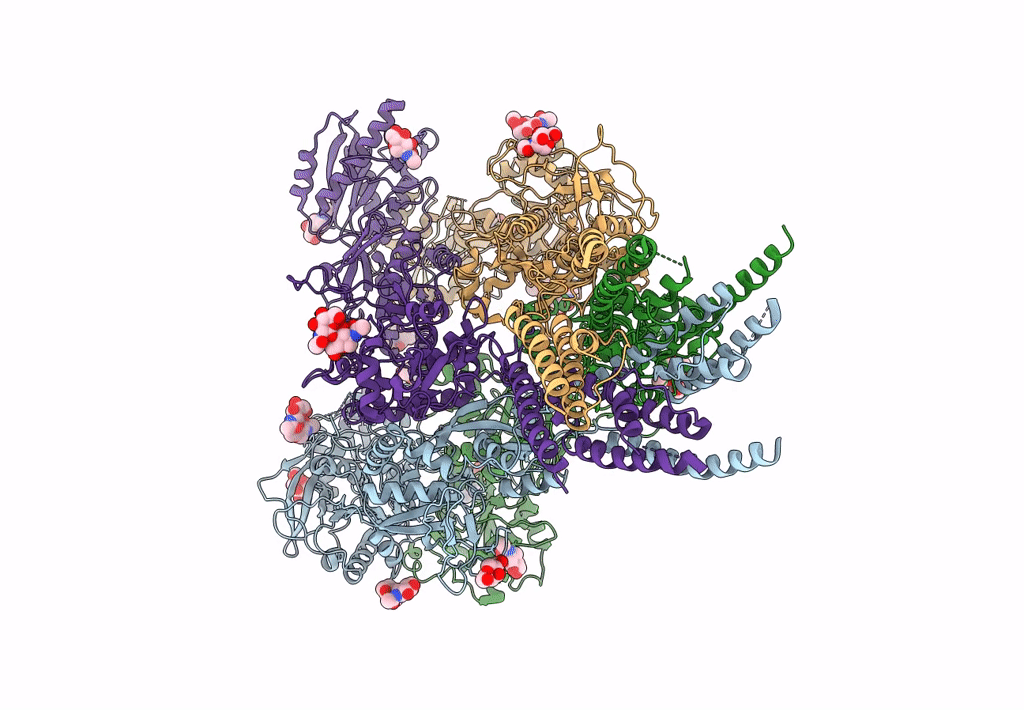
Deposition Date
2018-03-07
Release Date
2018-10-03
Last Version Date
2025-05-14
Method Details:
Experimental Method:
Resolution:
4.60 Å
Aggregation State:
PARTICLE
Reconstruction Method:
SINGLE PARTICLE


